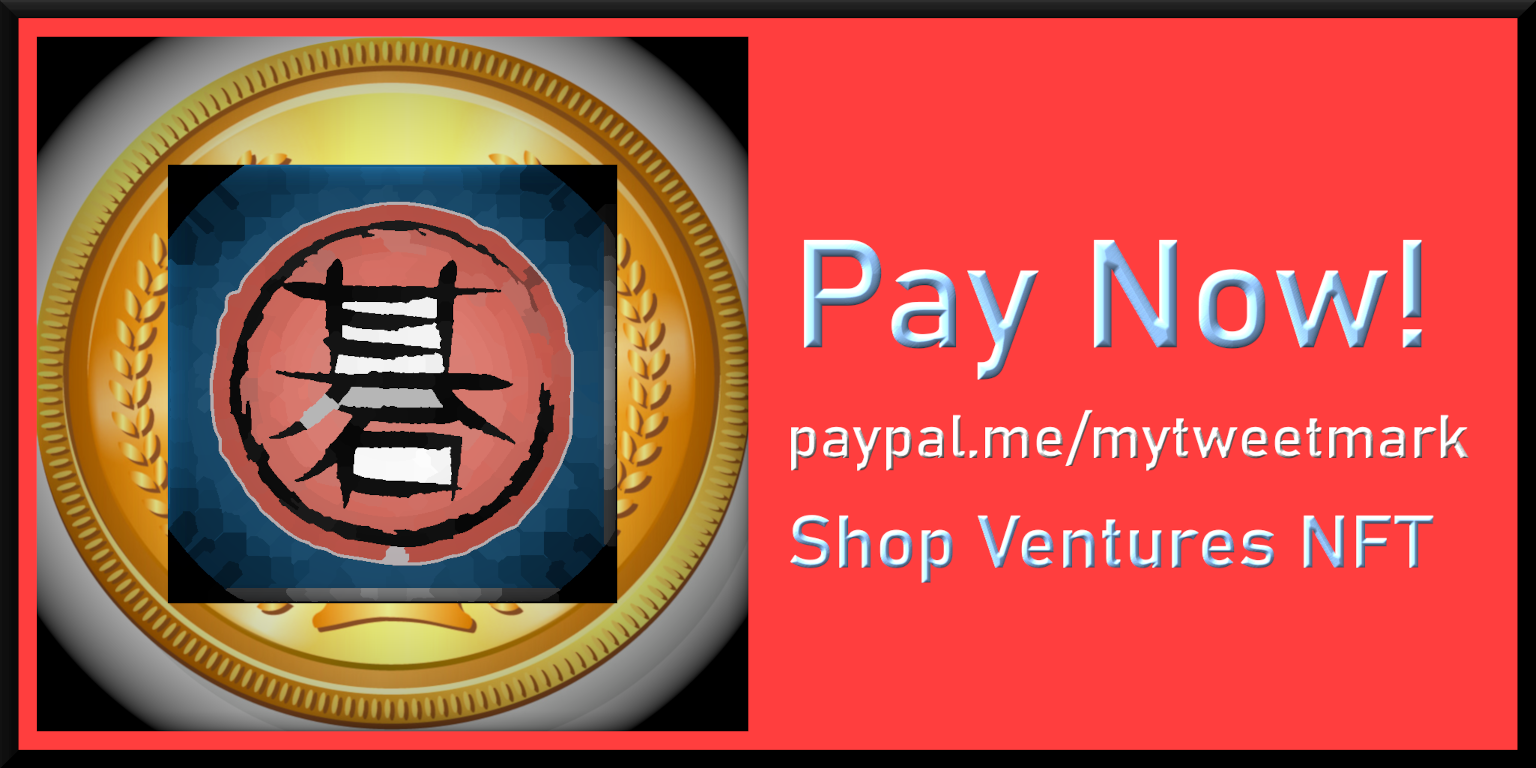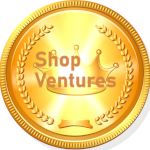Ideas: There is much to be said about startup copy cats. When an entrepreneur first shows up on the scene with the venture capitalists, the easiest way to make a leap is just to copy an idea. This is due to lack of creativity on parts, both on the entrepreneur and the venture capitalists. For example, when Friendster started, they had huge growth as the first social network. Soon after, myspace started, and took the angle of a social network for musicians. Friendster team couldn't handle the enormous load on their servers. The Friendster service was down a lot. Some say that hackers had something to do with it. As soon as Friendster would bring up the service, the hackers would attack and bring the service down. Some also say that Myspace had something to do with that. Whether it's true or not, is up for grabs. The evolution of social networks: hi5 As myspace started to get huge adoption in US, many new social networks started to form. Hi5 was a wedding network for India, called sona, meaning gold. They stopped getting the traction behind a social network for Indian weddings, hence pivoted to form a social network for international users. They basically turned their Indian wedding network users, into social networking users over night. It took the founder of sona to convert the whole application into a social network within a month. The initial founders of social networking coded very fast, building full end to end verticals within days and weeks. Hi5 didn't need any venture capitalist money, although they had family and friends money as initial investment. hi5 was making $1 million a month when I joined. Bebo Bebo was another social network for the UK audience, mostly teenagers, into the pop scene. The founder was British, and created a few startups from his basement, with his wife and kids behind him. He sold the initial startups and had enough cash to not need any venture capitalists money for bebo. Bebo never required any money till they were ready to sell the company. They hired a CEO from Google, to help them sell the company to AOL for ~ $1 billion. Many employees turned millionaires overnight. I had the pleasure to work with many of them. Tagged Tagged, another social network, that ended up buying hi5, is considered the godfathers of viral. The founder of the startup came up with the viral strategy, the viral factors of importing address book. Back then, most of the users had hotmail, yahoo and gmail as their email accounts. Tagged would allow users to type in their username and password for the email accounts, import their address books. If the friend is within the network, they would get a friend request. If the friend is not yet on the network, they would get an invite. The viral strategy is based on number crunching formulas. A simple example being, if 100 users join the network and import their address books, and send out 10000 invites. If 300 users come back and join the network, the viral factor is over 1, which means more users are coming into the network, then initial 100. The social network in now in an aggressive viral growth mode. All the social networks copied the viral factor from tagged. I worked on viral strategy with the founder of hi5. We looked at our numbers every day, by demography. We knew which country, gender, age, email domain is registering on our site, every day. All the upper management received daily email reports of the data. I coded the viral dashboard for Bebo as well, having worked on two social networks. Ning, Facebook and Twitter Ning was another social network, build by Marc Andreessen. They focused on private networks, within the social network. Facebook came right after, where Mark Zuckerberg copied most of the ideas from all the predecessors. I worked with a third party viral importing technology for hi5 and bebo. The tool was great, however Facebook came and purchased the company right after, to get hi5 and bebo out of the viral strategy and find alternatives. The third party tool (keeping name confidential), today only serves Facebook for finding friends on the network and importing address books. When I met Mark Zuckerberg years later, he recognized me right away, from my hi5 days, because my music and videos were always on the homepage. He was always surfing on hi5. I wrote the imaging algorithms for hi5 and competed with Facebook on the quality of images, for photos and albums, a project that I also lead as a multimedia team lead, back in those days. Twitter went one step further, simplifying the network by just status updates. They opened up a great API for developers to code their applications, which was the reason for their massive adoption.


 Shop Ventures NFT
Shop Ventures NFT